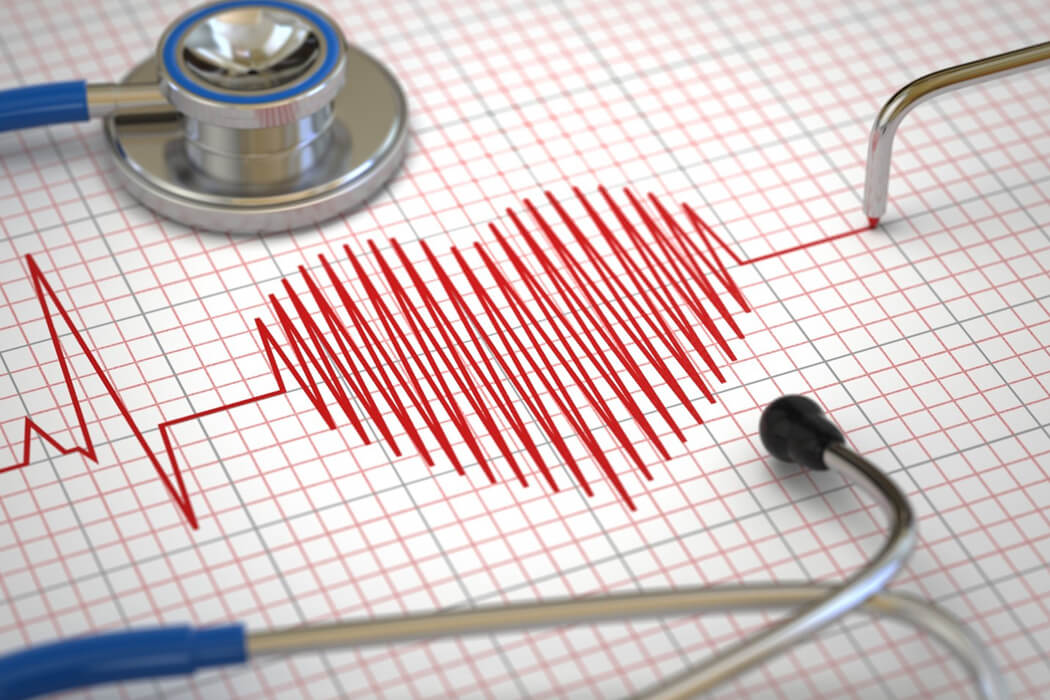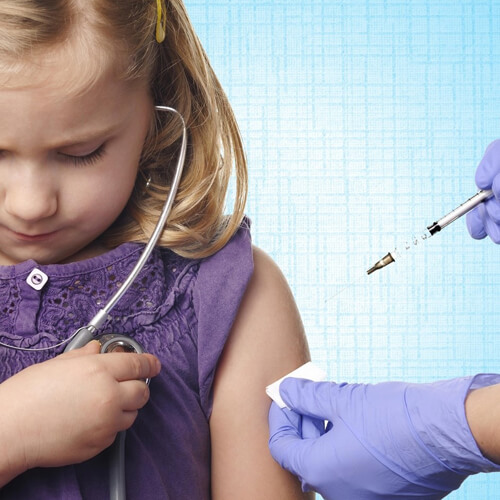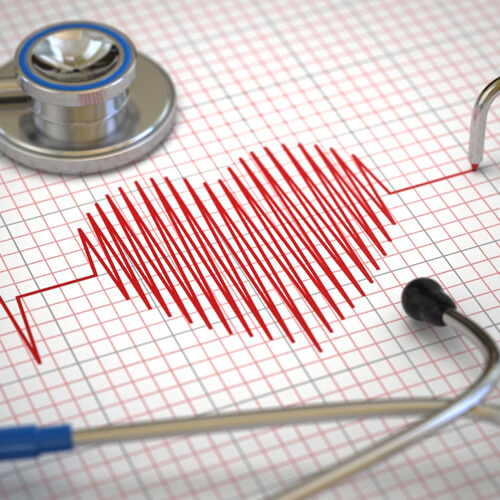
EKG Testing
In-Office Diagnostic Testing for Chest Pain, Shortness of Breath for the Heart
A common in-office diagnostic tool is an electrocardiogram (EKG or ECG). It’s a test that measures the electrical activity of the heart. With each beat, an electrical impulse (or wave) travels through the heart. This wave causes the muscle to squeeze and pump blood from the heart throughout the body. Dr. Weisz uses an electrocardiogram-EKG to help diagnose heart-related problems such as chest pains, shortness of breath, dizziness or fainting. She will examine the results looking for such anomalies as an irregular heartbeat and to evaluate the overall health of the heart.
Your annual physical examination includes an EKG. During your initial visit, the results will form a baseline against which future readings will be compared. If serious issues warrant it, Dr. Weisz may decide, after studying your EKG, to refer you to a cardiologist or heart specialist.
Risks Associated with an Electrocardiogram-EKG
Are there any risks to associate with an electrocardiogram-EKG? An electrocardiogram is a quick, easy way to assess the heart’s function. Risks associated with it are minimal and rare. You will not feel anything during the EKG, but it may be a bit uncomfortable when the sticky electrodes are removed.
Understanding Your Electrocardiogram-EKG Results
Normally, the results of your EKG are reliable and may be safely employed as part of your medical assessment or diagnosis. But there are some conditions that may interfere or affect the results and reduce accuracy. These include:
- Obesity
- Pregnancy
- Fluid build-up. Edema.
- Movement during the test
- Exercise or smoking before the test
- Cardiac medications
- Electrolyte imbalances, such as too much or too little potassium, magnesium, or calcium in the blood.
Here’s what to expect when you undergo an EKG:
- Removal of any jewelry or other objects that may interfere with the test.
- You will be lay flat on an exam table. It will be important for you to lie still and not talk during the test.
- If your chest, arms, or legs are very hairy, the technician may shave or clip small patches of hair so that the electrodes will stick closely to the skin.
- Electrodes will be attached to your chest, arms, and legs using an adhesive lotion.
- The lead wires will be attached to the electrodes.
- After the leads attach, the technician types in identifying information about you.
- The EKG is turned on. It takes only a short time for the tracing to be complete.
- Upon completion, disconnection of the leads and removal of the skin electrodes.

